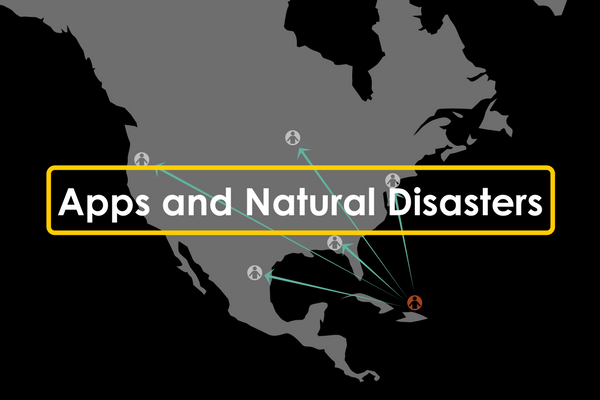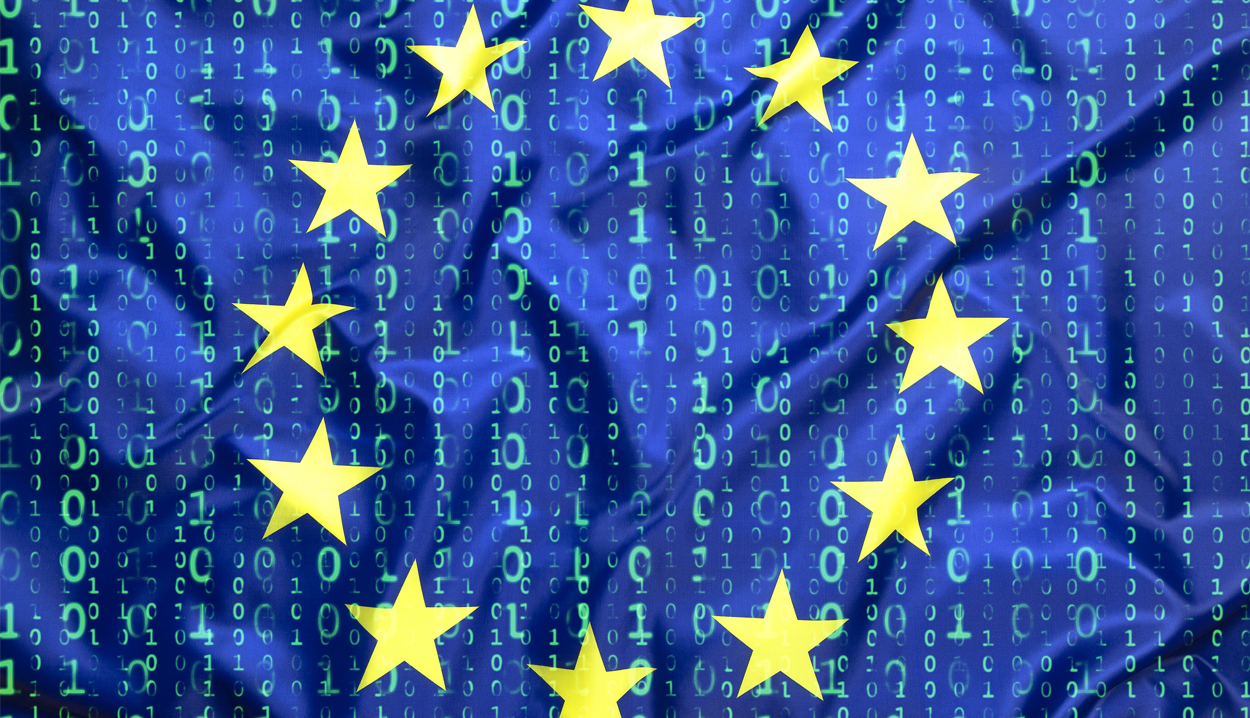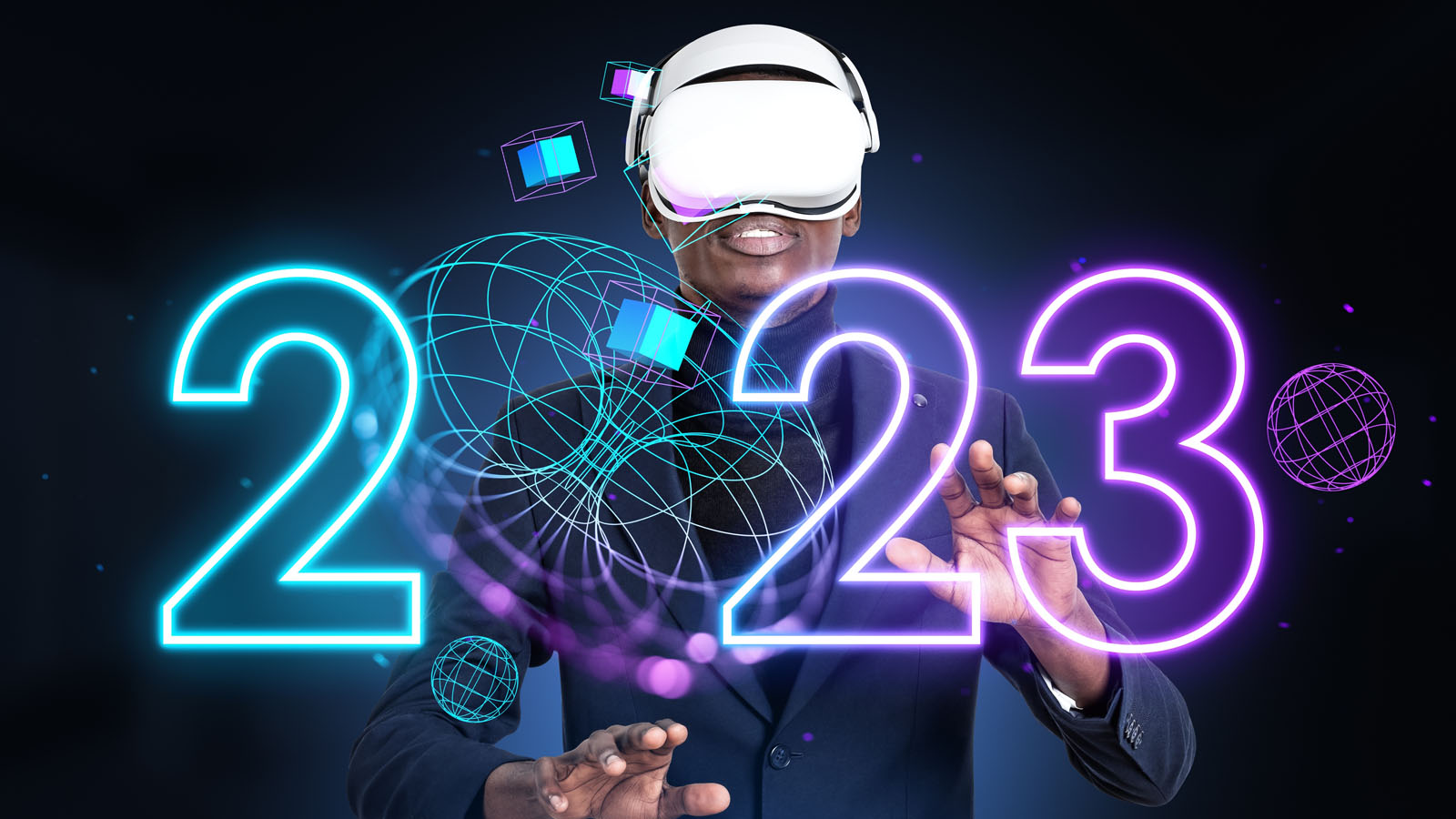Natural disasters seem to be occurring at an increased rate. This year alone we’ve seen earthquakes rattle Iran-Iraq and Mexico, wildfires torch parts of California, monsoons consume Bangladesh, and the list goes on. The widespread damage impacts infrastructure, electrical grids, and access to clean water and food in many cases. Yet the power of these natural disasters is no match for the help apps provide in times of crisis.
In the US, we saw a significant number of hurricanes this year and Puerto Rico and the US Virgin Islands were especially battered by the storms. Some communities across Puerto Rico are still without power to this day, over two months after Hurricane Maria. Yet, the destruction of these natural disasters is no match for the influence of apps and how they connect victims to loved ones and resources in a time of crisis.
For Puerto Ricans, severed cell tower lines didn’t stop many residents from utilizing technology messaging tools such as WhatsApp and Facebook Messenger to relay important information to first responders and concerned family off the island. Many residents relied on a few still-operating Wifi connections and word-of-mouth from neighbors to send and receive information from family and render aid to those in immediate danger. Even celebrity Chef José Andrés used Twitter to communicate where he and hundreds of volunteers would be serving hot meals on the island in the days following the storm.
We often take for granted how apps keep us connected with family and loved ones until disaster strikes and signals are lost. Apps are extremely useful in helping to coordinate relief efforts, deliver supplies, rebuild infrastructure, and provide a stable communications platform to disseminate information. Puerto Rico and Virgin Islands residents have a long way to go before there is any semblance of normalcy in their lives. But we must not forget the role technology played in their relief efforts and recovery, and continue to improve the many services apps provide for future emergencies.





